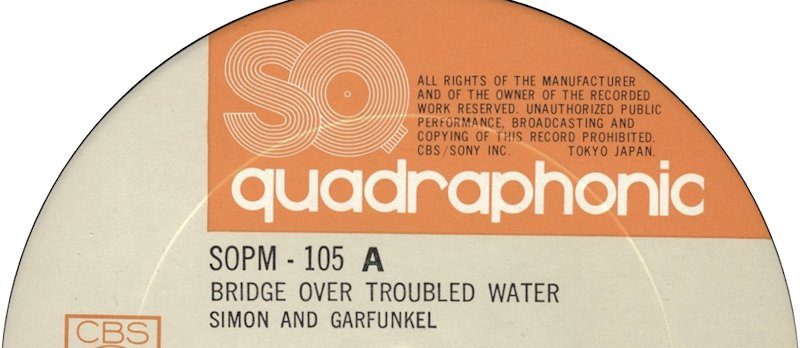During the ‘resurgence’ of surround sound during the late 1980’s through to the mid-to-late 1990’s, Telarc were one of the companies who released titles using ‘Dolby Surround’ and ‘Shure HTS’, that shared a basic compatibility allowing a respectable reproduction on systems not equiped with the correct decoder.
Then the company dropped the well known systems in favour of a new system whose main function was to ‘enhance’ the aural stereo imagery without the need of multi-chanell surround encoding, thereby allowing all purchasers to benefit using just two speakers.
Additional information was included though, advising that the encoding was compatible with ‘Dolby Surround’, ‘Shure HTS’ decoders etc.
What ‘was’ missing was any explanation of the technicalities of the encode process, or how to maximize the decode quality.
Because of our continued work into understanding, and producing accurate decode methods, of the various ‘Phase Amplitude Matrices’, it was felt that Telarc’s ‘Spatializer’ process should be added to our knowledge base.
What ‘Spatializer’ is/isn’t
What is fair to say is that ‘Telarc’ kept the inner workings of ‘Spatializer’ pretty much close to their chests, something that the general failure of the process in the market certainly didn’t change.
It is said that perseverance finally pays off, and as far as ‘Spatializer’ is concerned, this has proven true.
IS
The ‘Spatializer’ process was solely for processing stereo audio signals by expanding the standard stereo soundstage beyond the confines of a standard set of stereo speakers, with the possibility of producing a mild sense of ‘surround sound’ (dependant on external variances)
The method of creating the ‘effect’ was by the use of an elaborate ‘synthetic binaural’ process, and was purely aimed at “improving” the listening experience via a stereo pair of loudspeakers.
ISN’T
‘Spatializer’ does not:
a) use any form of matrix encoding, what so ever
b) use any form of +-90 degree phase shifting
The ‘synthetic binaural’ information is mixed with the original stereo information directly, with no additional processing. This does bring into question the statement that the process is compatible with Dolby Surround and similar systems.
The process certainly isn’t a format that would produce believable surround effects using a multi-channel surround system, any effect noted would be purely of a random nature, and quite possibly decoder dependant.
